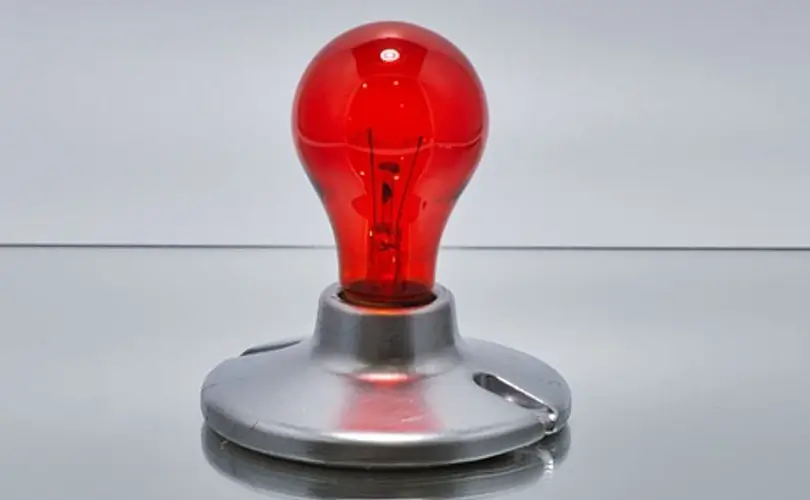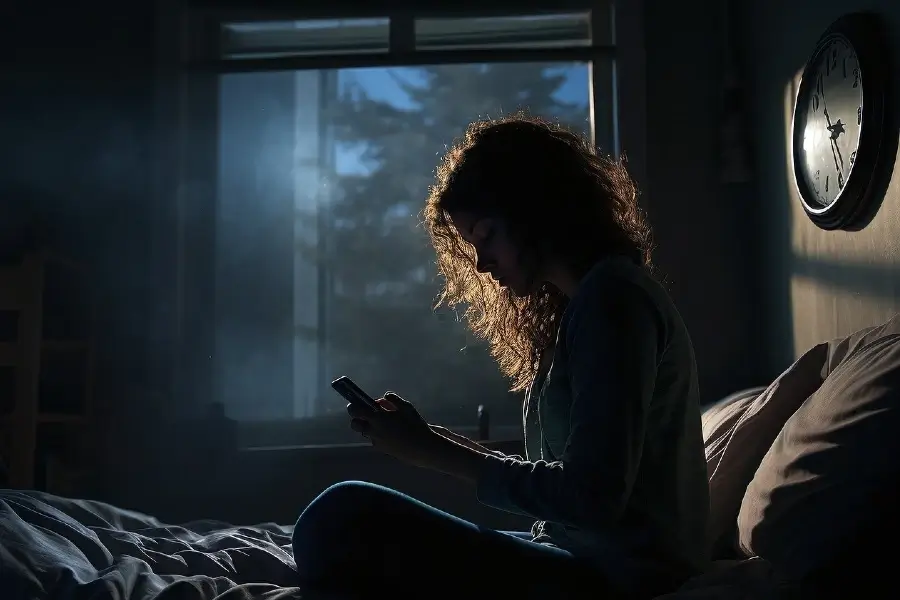Insomnia can be a difficult condition; however, certain strategies do not need the use of drugs that can assist you in falling asleep, and breathing techniques are an excellent place to begin. Some of the most viable choices are as follows:
- Breathing through the diaphragm, often known as belly breathing:
This method activates the relaxation response in your body. While lying comfortably, place one hand on your chest and the other on your stomach.
Inhale slowly through your nose; while you do so, focus on feeling your stomach expand. Your chest must remain reasonably motionless. You should feel your tummy falling as you gently exhale through your pursed lips. Continue doing this for a few minutes.
- Breathing in a 4-7-8 pattern:
For relaxation, this method combines the regulation of one’s breath with imagery. Relax and either sit or lie down. Whooshing should be heard as you exhale entirely through your mouth. For the count of four, you should close your lips and take a silent breath via your nose. Take a deep breath and hold it for the count of seven. You should make another whooshing sound as you exhale entirely through your mouth for the count of eight moments. This cycle should be repeated for several minutes.
- Alternate breathing via the nostrils:
The yoga breathing method has the potential to increase both relaxation and concentration. Put your back in a straight position and sit comfortably. While breathing in through your left nostril, carefully close your right nostril with your thumb and take a deep breath. After holding your breath for a few seconds, you should use your ring finger to shut your left nostril and softly exhale through your right nostril. After breathing in via your right nostril and holding it for a while, exhale through your left nostril. This cycle should be repeated for several minutes.
Some may discover that including guided imagery in their breathing exercise is more helpful.
Advice:
Discover what works best for you: Experiment with these methods to determine which causes you to feel the most at ease and which one assists you in relaxing the most.
Consistent practice is the key to improving the effectiveness of breathing exercises, just as it is with any other ability. Aim to spend a few minutes daily, even if you are not having trouble falling or staying asleep.
Breathing exercises can be an effective tool for lowering tension and fostering relaxation when paired with other relaxation techniques; however, they are most effective when used in conjunction with other relaxation techniques.
Combining breathing exercises with other techniques, such as progressive muscle relaxation or guided imagery, can have a synergistic impact. This will significantly increase the advantages gained from each individual practice.
Progressive muscle relaxation involves systematically contracting and then relaxing various muscle groups throughout the body. This process facilitates the release of physical tension and the promotion of a sense of profound relaxation.
On the other hand, guided imagery uses the power of the imagination to take the mind to a serene and relaxing setting. These practices, when combined with attentive breathing, can work together to bring about a state of profound calmness and calm the mind and the body with their calming effects.
Experimenting and finding the best combination is the most important thing to do. Some individuals might find it more comfortable to begin with a few minutes of deep breathing and then perform an exercise that gradually relaxes their muscles.
Some may discover that including guided imagery in their breathing exercise is more helpful.
By combining these complementary relaxation techniques, you can construct a personalized toolkit to assist you in managing stress, improving your ability to focus, and cultivating a stronger sense of inner calm.
If, despite using these approaches, you continue to experience insomnia, you should seek medical attention to rule out the possibility of any underlying medical disorders and investigate additional treatment options.

Dominic E. is a passionate filmmaker navigating the exciting intersection of art and science. By day, he delves into the complexities of the human body as a full-time medical writer, meticulously translating intricate medical concepts into accessible and engaging narratives. By night, he explores the boundless realm of cinematic storytelling, crafting narratives that evoke emotion and challenge perspectives.
Film Student and Full-time Medical Writer for ContentVendor.com




